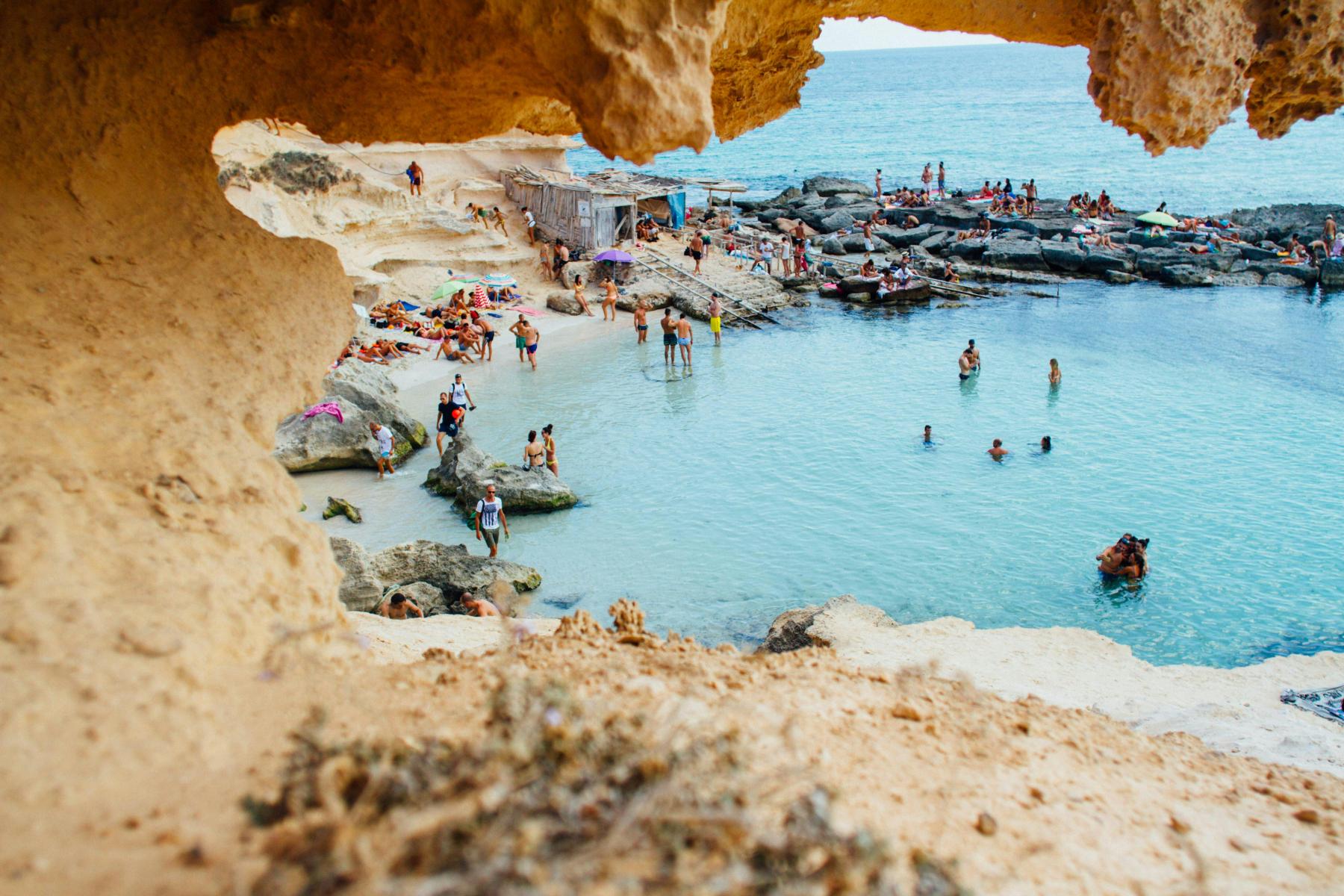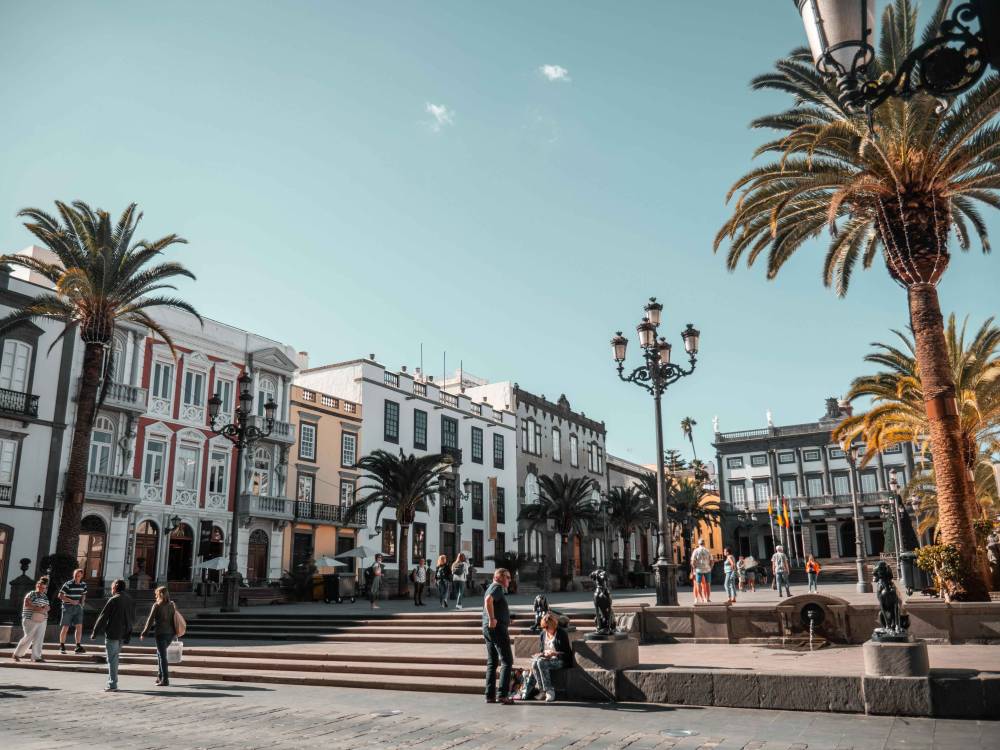Spain, a country of vibrant traditions, breathtaking landscapes, and a rich historical tapestry, offers an unforgettable experience for any traveler. From the sun-drenched beaches of the Costa del Sol to the bustling streets of Barcelona, Spain's allure is irresistible.
As a travel blogger, I've had the privilege of exploring this magnificent country, and I'm excited to share my insights on what makes Spain a top travel destination.

The Rhythms of Spanish Culture
Spain's culture is a colorful mosaic of traditions and festivities that reflect its diverse history. One of the most iconic cultural expressions is flamenco, a passionate dance and music form that originated in Andalusia. Watching a live flamenco performance in Seville is a must-do; the soulful music and intricate dance moves encapsulate the spirit of Spain.
Festivals are another integral part of Spanish culture. La Tomatina in Buñol, where thousands gather to throw tomatoes at each other, and Las Fallas in Valencia, featuring spectacular firework displays and burning of giant effigies, are just a few examples of Spain's unique celebrations.
Culinary Delights
Spanish cuisine is a feast for the senses, renowned for its flavors, variety, and regional specialties. Tapas, small dishes ranging from olives and cheeses to chorizo and calamari, are perfect for sharing and tasting a bit of everything. For a true tapas experience, visit a traditional bar in Madrid or Granada.
Paella, Spain's most famous dish, hails from Valencia. This saffron-infused rice dish, typically made with seafood, chicken, and rabbit, is a culinary masterpiece. And let's not forget the delectable churros dipped in thick hot chocolate, a popular treat across the country.
Architectural Marvels
Spain's architectural heritage is a blend of Roman, Moorish, Gothic, and Modernist influences. The Sagrada Família in Barcelona, designed by Antoni Gaudí, is a breathtaking basilica that seems straight out of a dream. Gaudí's other works, such as Park Güell and Casa Batlló, showcase his unique and whimsical style.
In Granada, the Alhambra stands as a testament to Spain's Moorish history. This stunning palace and fortress complex, with its intricate Islamic art and beautiful gardens, offers a glimpse into the opulent past of the Nasrid dynasty.
Natural Beauty
Spain's natural landscapes are as diverse as its cultural offerings. The Pyrenees in the north provide excellent opportunities for skiing and hiking, with picturesque villages dotting the mountains. In contrast, the Canary Islands, off the northwest coast of Africa, boast volcanic landscapes and pristine beaches.
The Camino de Santiago, a historic pilgrimage route, offers a spiritual and physical journey through northern Spain's countryside. Walking this path, you'll encounter charming towns, rolling vineyards, and centuries-old churches.
Vibrant Cities
Each Spanish city has its own unique charm. Madrid, the capital, is a bustling metropolis with world-class museums like the Prado and vibrant nightlife. Barcelona, with its stunning architecture and seaside allure, is a hub of creativity and culture.
Seville captivates with its historic center, magnificent cathedral, and the enchanting Alcázar palace. Valencia, known for its futuristic City of Arts and Sciences, beautifully balances its modern and traditional aspects.
Practical Tips for Travelers
- Language: While Spanish (Castilian) is the official language, regional languages like Catalan, Galician, and Basque are also spoken. Learning a few basic phrases in Spanish can enhance your travel experience.
- Transportation: Spain's public transportation is efficient and affordable. High-speed trains (AVE) connect major cities, while buses and regional trains cover smaller towns.
- Siesta: Many shops and restaurants close for a few hours in the afternoon for siesta. Plan your day accordingly to avoid inconvenience.
How do we reach?
Reaching Spain as a traveler is quite convenient, thanks to its well-connected transportation networks. Here's a comprehensive guide on how to get to Spain from various parts of the world:
By Air
International Flights: Most travelers reach Spain via air, with numerous international flights connecting to its major cities. Spain has several international airports, the busiest being:
- Madrid-Barajas Adolfo Suárez Airport (MAD): Located in the capital city, Madrid, this is the primary gateway for international travelers.
- Barcelona-El Prat Airport (BCN): Serving the vibrant city of Barcelona, this airport is another major entry point.
- Málaga-Costa del Sol Airport (AGP): Located in the south, it serves as a hub for the Costa del Sol region.
- Valencia Airport (VLC): An important airport for those heading to the east coast.
Airlines: Spain is well-served by many major international airlines, including Iberia, British Airways, Lufthansa, Air France, Emirates, and many others. Budget airlines like Ryanair, EasyJet, and Vueling also offer numerous routes from various European cities.
By Train
High-Speed Trains (AVE): For travelers coming from neighboring European countries, high-speed trains are an excellent option. Spain's AVE trains connect with France, offering routes such as:
- Paris to Barcelona: A scenic journey that takes around 6.5 hours.
- Marseille to Madrid: Approximately a 7-hour trip.
Other Train Services: Intercity and regional trains connect Spain with Portugal and other parts of Europe, offering a comfortable and scenic way to travel.
By Car
Driving: Travelers from neighboring countries like France and Portugal often choose to drive into Spain. The road network is extensive and well-maintained, with major highways and scenic routes. Key entry points include:
- France to Spain: Via the Pyrenees, using routes like the AP-7/E-15 along the Mediterranean coast.
- Portugal to Spain: Multiple crossings, such as the A-5 from Lisbon to Madrid.


1 Comments
Uday lal
This is a very nice blog very helpfull :)